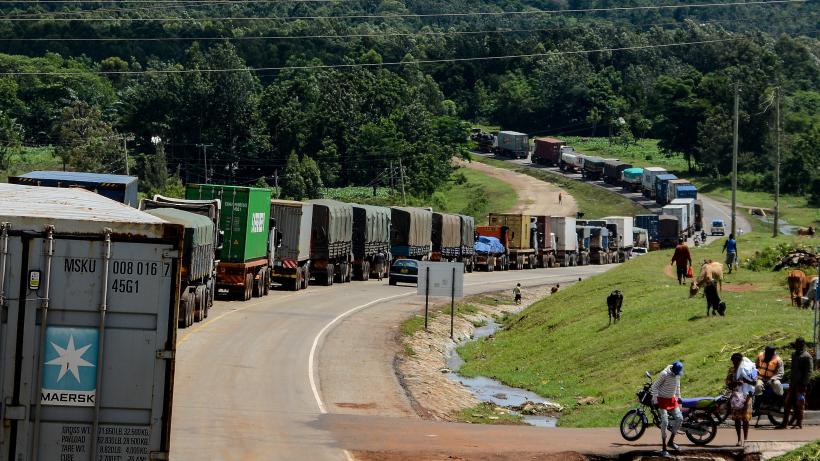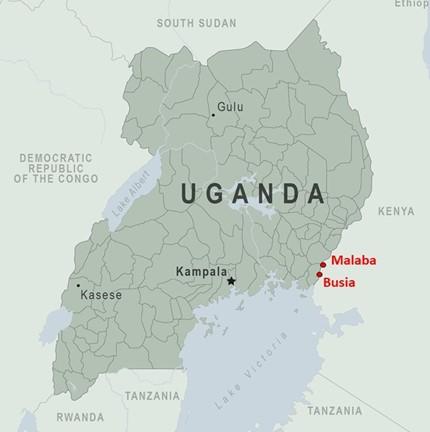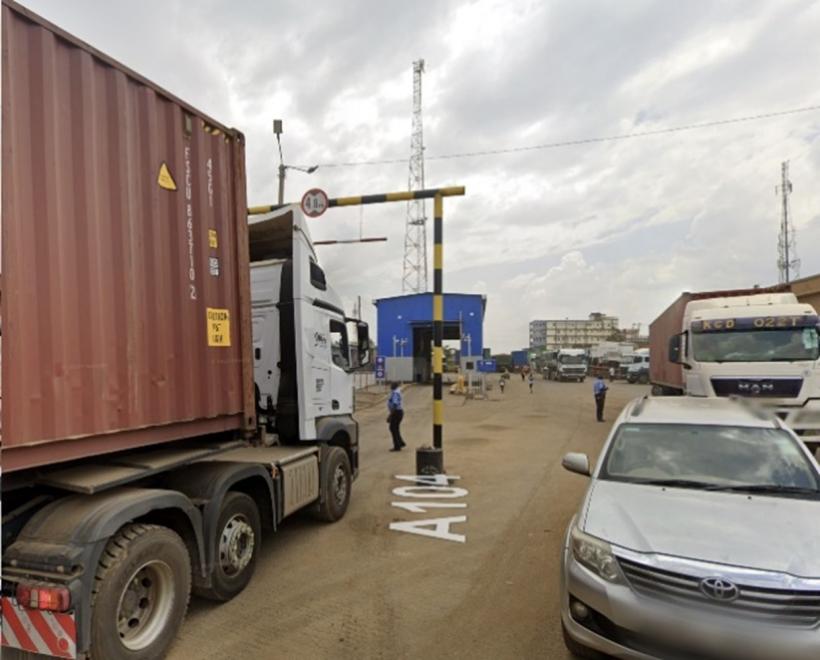
How firms find new ways to evade taxes: Evidence from cargo scanners in Uganda
While new scanners at Ugandan borders – to crack down on tax evasion by importers - caught some cheating, a surprising unintended consequence emerged: under-pricing of goods, a new way to evade taxes, leading to a drop in tax revenue.
Tax evasion at national borders can be a significant challenge for developing countries, leading to substantial revenue losses that undermine public services and development projects. In Uganda, taxes and tariffs on imports are crucial for government revenue, forming a major proportion of the national budget. Importers, however, often seek to evade these taxes through tactics such as undercounting quantities, under-pricing goods, or misclassifying them to avoid higher tariffs.
Installing fixed cargo scanners to get a better sense of imported goods
To address these issues, Uganda has installed fixed cargo scanners at key entry points. Our research explores the impact of these scanners on trade and tax revenue, revealing a mixed picture. The research finds ambiguous effects, showing that while scanner implementation increased reporting of taxed goods and possibly reduced undercounting and misclassifying goods, it also likely led to more under-pricing, which resulted in lower overall import values and a reduction in tax collections, particularly VAT receipts.
In 2018, Uganda enhanced its border security by installing fixed cargo scanners at two key entry points on the Kenyan border: Busia and Malaba (see Figure 1).
Figure 1: Map of Uganda highlighting key entry points

These advanced scanners operate much like the familiar passenger baggage scanners at airports, but on a much larger scale to accommodate cargo trucks – Figure 2 shows one such scanner.
Figure 2: Cargo truck at Malaba border scanner

As a cargo truck passes through the scanner, an operator scrutinises the images produced to ensure the contents match the manifest. If everything seems fine, the truck is waved through. However, if there are discrepancies, a more detailed inspection is initiated. When the contents of a truck do not match the manifest, several actions can be taken. Duties may be re-assessed, fines can be imposed, and in some cases, goods may be seized. These measures help ensure that all imports are properly declared and taxed, thereby reducing the potential for tax evasion.
Trade-offs as scanners affect tax collection and efficiency
Scanners, designed to prevent firms from understating the value of imported goods by undercounting quantities or misclassifying them as lower-taxed items, should theoretically increase imports of taxed goods while reducing those of non-taxed goods. Our research, however, shows that losing the ability to evade taxes through these methods can lead firms to exploit other undetectable alternatives, such as under-pricing imported goods. As both effects can push the total value of traded goods into different directions, the implementation of scanners could result in an ambiguous impact on tax collection.
Moreover, increased under-pricing of previously undercounted or misclassified products can also affect the declared value of correctly reported goods in a phenomenon known as "under-pricing spillover." This occurs when firms which initially imported both legally and illegally must newly declare everything and charge the same price on all their imports after scanners were implemented (to avoid suspicion). Additionally, as firms underprice, it lowers the reference price for other importers, incentivising further under-pricing.
How firms are adapting to scanners to continue evading tax
- Examining the transaction-level customs data from Uganda using a difference-in-differences strategy reveals significant changes in the way importers behave. Importing firms reduced misclassification and undercounting of goods, and increased their under-pricing.
Post-scanner introduction, the quantity of non-taxed goods fell while their unit value rose; for taxed goods, quantities increased whereas unit values decreased. Taken together, this suggests a reduction in misclassification and undercounting, alongside an increase in under-pricing. The reduction in misclassification and undercounting was more than offset by increased under-pricing, as imports of taxed goods fell by 7.7% and resulted in a 9.8% reduction in tax receipts.
- Scanners were most effective in preventing tax evasion by mid-sized firms while bigger, multinationals adapted to new strategies for evading taxes.
Further detailed analysis shows that moderately frequent importers showed an increase in taxes paid, while the most frequent importers exhibited a reduction, indicating that their transactions were more susceptible to under-pricing. Additionally, the most significant effects were seen in goods with low tariff levels. These findings suggest that scanners were most effective in reducing tax evasion among mid-sized firms importing specific product types. Since the clearest under-pricing results were observed among the most frequent importers, which are more likely to be part of multinational corporations, this tariff-induced under-pricing might be related to broader corporate tax-induced price manipulation strategies.
Policy implications
Our research highlights the need for comprehensive unit value investigations to effectively combat tax evasion. Focusing on verifying the accuracy of declared unit values can help detect under-pricing, a tactic that often slips past scanners. Implementing robust audit mechanisms to cross-check declared values against international market prices can identify discrepancies and ensure accurate tax collection. Overall, our results show that tax evaders will resort to the available means of lowering their tax burden – and so a holistic approach to tax evasion is necessary. This should include incorporating advanced training for customs officers, integrating technology solutions, and conducting comprehensive audits.
Furthermore, tackling profit shifting by multinational corporations is essential. These firms often transfer profits to low-tax jurisdictions through manipulative transfer pricing, eroding the domestic tax base. Enhanced scrutiny and stricter regulations on intra-firm transactions, coupled with international cooperation and information sharing, are crucial in addressing this issue. By adopting a multifaceted strategy that includes rigorous unit value investigations and measures to counter profit shifting, countries can better safeguard their tax revenues and ensure a fairer distribution of tax burdens.

